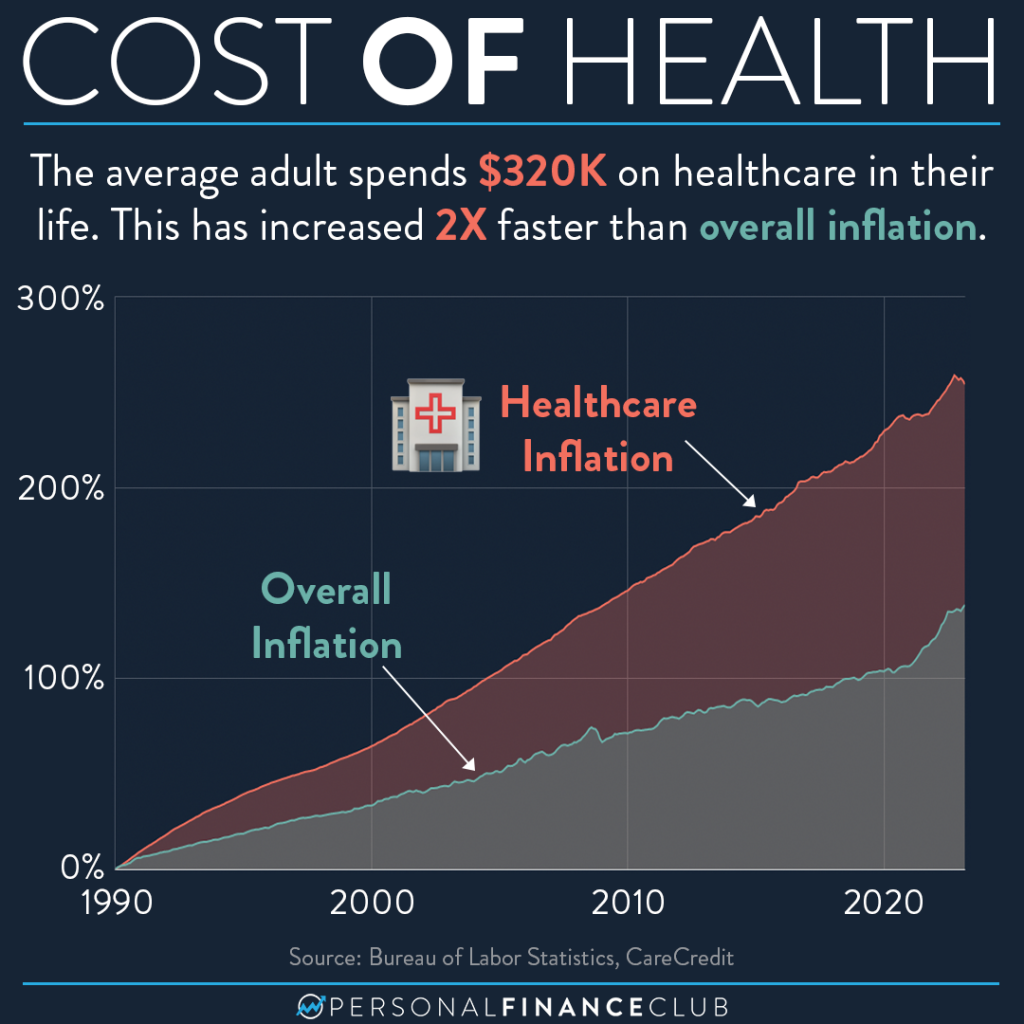Top Healthcare RCM Strategies for Better Financial Efficiency
A Comprehensive Overview on Just How Medical Care RCM Functions to Enhance Invoicing and Collections
Navigating the intricacies of health care income cycle monitoring (RCM) is crucial for companies aiming to enhance their payment and collections processes. The overview unpacks the ins and outs of RCM, from individual enrollment to accounts receivable administration, providing understandings right into optimizing each action.
Understanding Revenue Cycle Administration
Comprehending the ins and outs of Earnings Cycle Management (RCM) is necessary for healthcare organizations aiming to maximize their monetary performance. RCM is an essential administrative function that incorporates the entire economic process of client treatment, from the first consultation setting to the last payment of the equilibrium. It is a complex treatment created to recognize, gather, and manage the revenue from the services offered to individuals. Effective RCM makes sure that health care companies get prompt and exact settlements, decreasing the danger of earnings loss and enhancing money circulation.
The RCM process starts when an individual schedules an appointment and extends via the individual's treatment trip, including payment and collections. A crucial purpose is to minimize the time in between offering a service and obtaining payment, therefore enhancing the organization's economic health. RCM entails various functions such as patient enrollment, insurance confirmation, charge capture, coding, declares entry, payment uploading, and handling denials and allures.
Trick Parts of RCM
In the realm of Profits Cycle Monitoring (RCM), comprehending its crucial parts is fundamental to accomplishing economic efficiency within health care companies. RCM is an extensive process that incorporates various phases, each essential to making sure reliable billing and collections. The primary components include individual enrollment, insurance policy verification, cost capture, coding, case submission, payment posting, and accounts receivable administration.


When coded, cases are sent to payers, where precision is paramount to avoid delays or beings rejected - Healthcare RCM. Payment publishing includes taping the obtained payments, which allows for the reconciliation of accounts. Last but not least, accounts receivable management concentrates on tracking and attending to overdue cases, making certain prompt follow-up and resolution
Each part of RCM is adjoined, and inefficiencies in any component can disrupt the whole cycle. Consequently, mastering these elements is important for doctor to enhance income and boost their financial health and wellness.
Strategies for Reliable Payment

Systematizing payment procedures pop over to this web-site throughout the company is one more essential technique. Establishing clear standards for documentation, coding, and entry aids keep uniformity and compliance with regulatory needs. Educating personnel consistently on these treatments guarantees everyone is current with the most recent modifications in invoicing codes and payer policies.
Exact charge capture is important in protecting against earnings leak. Executing normal audits and monitoring systems enables the identification and improvement of inconsistencies before they influence income. In addition, maintaining open lines of interaction with payers assists to promptly fix any type of conflicts or misconceptions that might arise.

Last but not least, appealing clients early in the payment procedure by offering clear estimates and instructional products regarding their monetary duties can significantly lower complication and enhance settlement timeliness. These approaches jointly contribute to an extra financially healthy and balanced and effective billing system.
Enhancing Collections Procedures
A robust collections process is crucial for maintaining monetary stability within health care companies. Provided the complexities of medical billing and the range of payer needs, enhancing the collections process includes implementing tactical procedures that guarantee prompt and precise settlement of services provided. Central to this is making use of modern technology to automate and improve procedures, decreasing hand-operated mistakes and improving effectiveness. Automation tools can help in tracking claim conditions, sending timely tips to clients, and handling rejections better.
Clear and transparent person interactions are vital. Supplying detailed descriptions of fees and offering adaptable repayment plans can increase individual satisfaction and prompt payments.
Normal audits of the collections process need to be conducted to identify areas for renovation and make certain compliance with regulations. By examining data, medical care organizations can recognize fads, expect possible concerns, and adapt approaches accordingly (Healthcare RCM). Eventually, a well-enhanced collections procedure not just supports financial health however also adds to an extra smooth experience for patients and team alike
Optimizing Revenue Streams
Building upon the structure of a strong collections procedure, my explanation medical care organizations can even more strengthen their financial stability by purposefully enhancing revenue streams. This includes a multi-faceted strategy, starting with a detailed evaluation of existing revenue sources to determine inefficiencies and locations for development. Using advanced data analytics devices enables organizations to acquire understandings right into payer mix, individual demographics, and solution application patterns, enabling for data-driven decisions that enhance income capture.
Carrying out automated invoicing systems can substantially lower mistakes and quicken claims refining, ensuring that revenue is collected much more effectively. In addition, maximizing payer agreements via normal negotiations can improve reimbursement rates and terms, straight impacting the bottom line. Diversifying service offerings, such as incorporating telehealth or health care, can also attract a wider client base, therefore raising profits capacity.
Another essential component is enhancing person involvement and satisfaction, as pleased individuals are more probable to follow therapy strategies and make prompt repayments. Providing flexible payment options and clear invoicing practices can enhance collections and foster individual loyalty. Healthcare RCM. By taking on these methods, health care companies can develop a more resistant economic structure, guaranteeing continual growth and security in an ever-changing sector landscape
Verdict
In final thought, healthcare Income Cycle Management (RCM) plays an important role in enhancing billing and collections processes by incorporating key parts such as client enrollment, insurance policy verification, cost capture, coding, claims entry, and accounts receivable management. By utilizing advanced innovation, systematizing procedures, and promoting patient interaction, doctor can dramatically decrease insurance claim rejections, speed up settlement cycles, and enhance money circulation. This detailed technique to RCM ultimately results in enhanced financial effectiveness and sustainability for medical care organizations.
The RCM process starts when a client routines a consultation and expands through the person's care journey, including invoicing and collections.Another vital part is improving patient involvement and complete satisfaction, as completely satisfied people are extra most likely to stick to treatment plans and make prompt payments. Using versatile payment choices and clear invoicing methods can enhance collections and foster client loyalty.In verdict, medical care Income Cycle Administration (RCM) plays an essential role in optimizing payment and collections processes by look at here integrating essential components such as individual enrollment, insurance confirmation, cost capture, coding, asserts submission, and accounts receivable administration. By utilizing advanced technology, standardizing treatments, and cultivating individual interaction, healthcare companies can dramatically lower insurance claim denials, increase repayment cycles, and improve money circulation.